While Charles Perrault didn't invent the plot of any of 'his' fairy tales, he indisputably made a huge impact on the evolution of this new literary genre.
But let's focus just on the life of this interesting man. Believe it or not, he was much more than the author of these popular stories, which were actually just a footnote in his work.
And if you are reading about him on the web, you'll find so many totally wrong presumptions about him and his work (at presumably legit media like Independent or Telegraph, for instance), it's only fair to present his biography from the point of view of somebody who actually studied the life of Perrault, not just skimmed the article on Wikipedia.
And by the way, I wrote a full essay about Perrault as well. So here are just the 10 most important facts from Charles Perrault's biography:


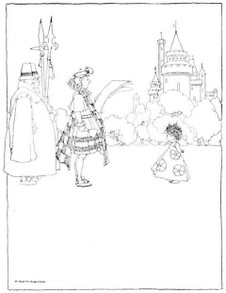
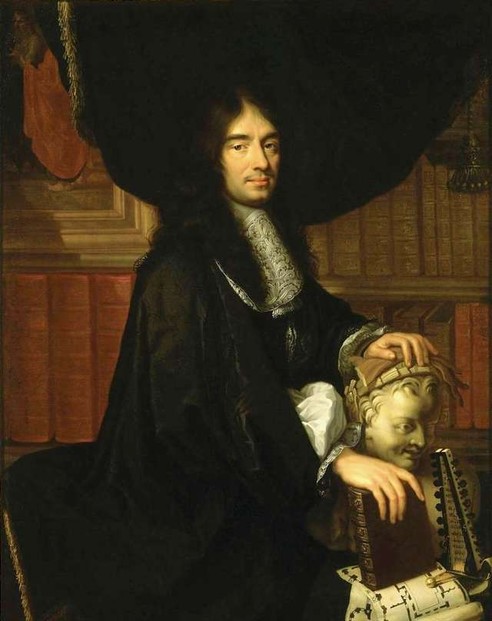
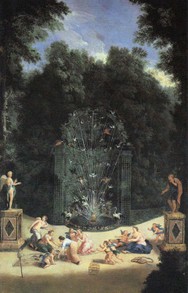
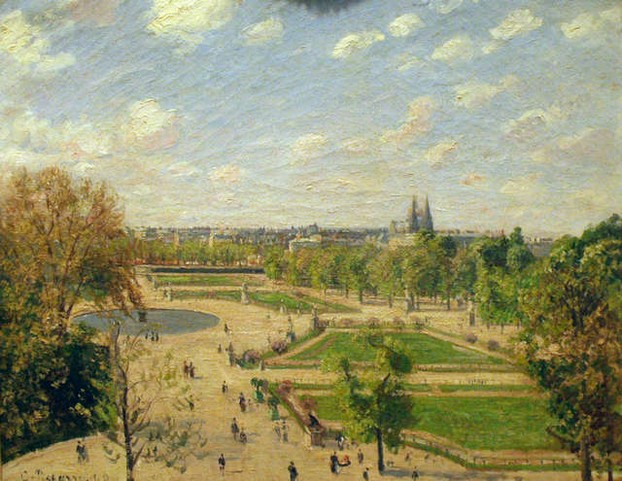
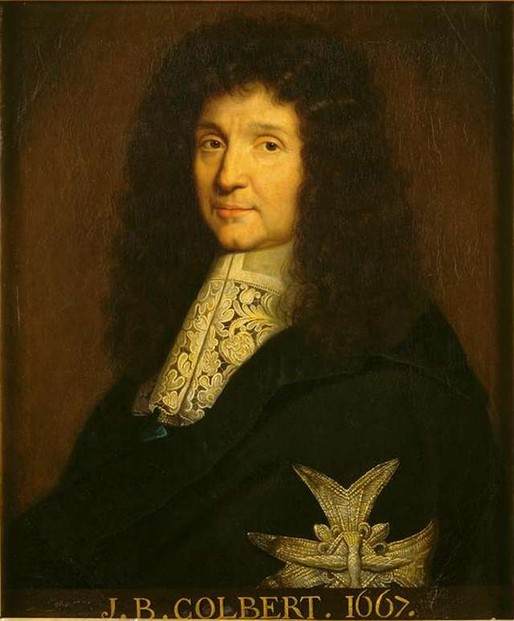

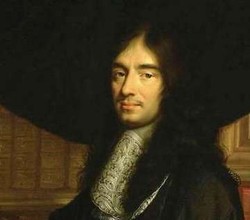

 Vintage Postcard Artists with 10 Examples of Easter Cardson 02/21/2025
Vintage Postcard Artists with 10 Examples of Easter Cardson 02/21/2025
 Valentine's Symbolson 01/23/2025
Valentine's Symbolson 01/23/2025
 Thanksgiving Symbolson 11/12/2024
Thanksgiving Symbolson 11/12/2024
 Famous Witches in Literary Historyon 10/06/2024
Famous Witches in Literary Historyon 10/06/2024

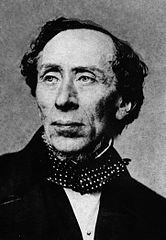
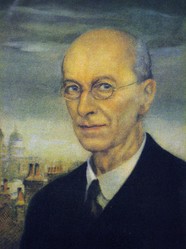
Did You Know Who Was Charles Perrault?
I tried to find it but had no success.
I don't know, sorry. In my opinion, he could hardly afford so large house.
The third subheading, Influential, advises us that "It was his idea to design the Labyrinth of Versailles (planned by Andre Le Notre) in a way it would serve as the learning tool for the eldest son of Louis XIV who actually learned reading from the fancy sculptures. This meant the inclusion of 39 fountains, inspired by 39 fables by Perrault's contemporary Jean de La Fontaine and especially Aesop. This labyrinth became so popular Perrault wrote an illustrated guide about it. The little book was a success as well, being reprinted and translated several times!"
Is the above-mentioned guide accessible in digital and publication formats?
Thank you for your comment below on Jan 6, 2024, in answer to my previous, same-day observation and question.
Online sources give an image of a building with a central, three-floor section flanked on each side by a two-floor wing. They identify it as château de Viry in the Viry-Châtillon commune.
Might that be the Perrault house designed and supervised by Charles for his brother?
I believe wikipedia has several photos.
I don't recollect the details, but I think he saw how even in this profession people forever stay limited due their origin no matter how smart and competent are.
Abslutely. Fairy tales are all about growing up. Literaly and figuratively.
The second fact, Great Connections, alerts us to the supervisory-builder entry on the Perrault -- ;-D -- resumé.
Is there any surviving description or image of that architectural achievement?
The first subheading, Wealthy Family, First Class Education, considers that Perrault "studied the law, the most popular profession for smart kids without noble heritage (like Brothers Grimm, for instance). He passed the exams and worked as a lawyer for short time (brothers Grimm never practiced the law) before he got disillusioned by the existing system."
Do we know what in particular prompted Perrault's disillusionment with "the existing system"?
In a recent re-read of Wherever You Go There You Are by microbiologist, emeritus medicine professor and pioneering mindfulness practitioner and teacher Jon Kabat-Zinn, my sister found particular interest in the author's discussion of fairy tales. Fairy tales "in all cultures" are mostly "soul stories rather than spirit stories" (1994: page 268) because they involve a quest that brings about "goldenness," i.e., growth, by persevering against darkness, i.e., fearful challenges.
This makes me think of your recent wizzley about transformational behavior in the
Rumpelstiltskin fairy tale. Could one say that the quest for growth equates to fairy tale quests for growing up, getting a job, getting married, etc.?